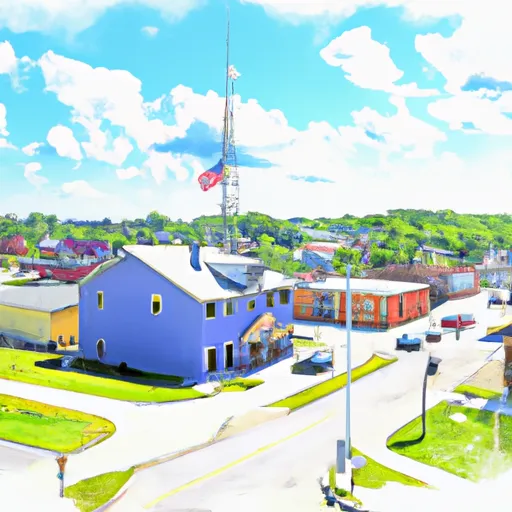°F
°F
mph
Windspeed
%
Humidity











Viola, Wisconsin is a small village located in Richland County in the southwestern part of the state. The climate in Viola is classified as humid continental, characterized by four distinct seasons. Summers are warm and humid, with average temperatures ranging from the mid-70s to mid-80s Fahrenheit. Winters, on the other hand, can be cold and snowy, with average temperatures ranging from the teens to mid-30s.
The village is surrounded by abundant natural beauty, with several rivers and streams running through the area. The hydrology constituents in Viola include the Kickapoo River, which is a popular spot for kayaking, canoeing, and fishing. The river is known for its scenic beauty and diverse wildlife, offering opportunities for outdoor enthusiasts to explore and enjoy nature.
In addition to the river, Viola is surrounded by rolling hills and forests, providing ample opportunities for hiking, camping, and birdwatching. The nearby Kickapoo Valley Reserve offers over 8,500 acres of public land for outdoor recreation, including hiking and horseback riding trails.
Overall, Viola, Wisconsin offers a picturesque setting with a variety of outdoor recreation opportunities, making it an attractive destination for nature lovers and adventure seekers.
Weather Forecast
Viola receives approximately 901mm of rain per year, with humidity levels near 81% and air temperatures averaging around 8°C. Viola has a plant hardyness factor of 4, meaning plants and agriculture in this region thrive during a short period during spring and early summer. Most plants will die off during the colder winter months.
Regional Streamflow Levels
5,860
Cubic Feet Per Second
61
Cubic Feet Per Second
181
Cubic Feet Per Second
5
Cubic Feet Per Second
Nearby Camping
| Camping Area | Reservations | Toilets | Showers |
|---|---|---|---|
| Percy Quin State Park | |||
| North Rec Composite | |||
| Tickfaw State Park | |||
| Rocky Springs - Natchez Trace Pkwy | |||
| Float Camp | |||
| South Recreation Composite |



